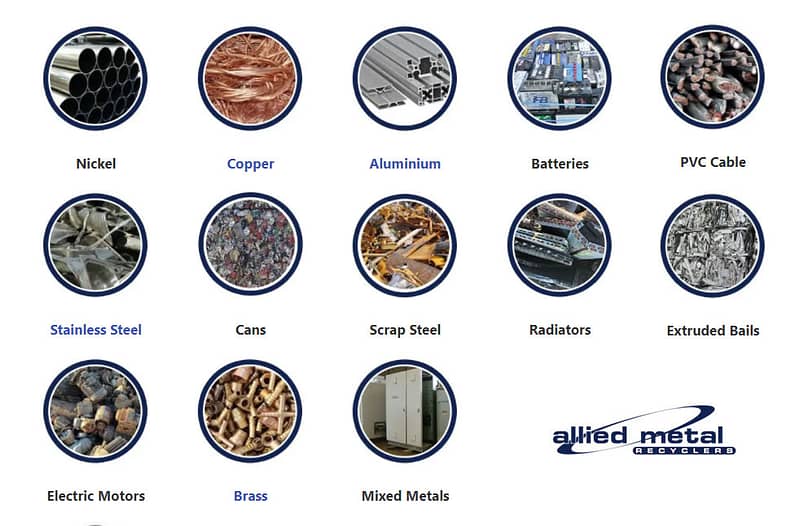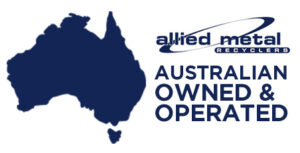Most people aren’t familiar with what happens once they’ve turned their unwanted metals in for recycling. So, in this post, we’ve broken it down for you. If you’re curious about what happens to your pile of scrap metal after it’s been taken off your hands, read on to discover the different types of metals and the recycling process that breathes new life into your old scrap:
The Different Types of Metals: Ferrous & Non-Ferrous
All scrap is sorted into one of two categories when it comes to scrap metal recycling: ferrous and non-ferrous metals. Ferrous metals are metals which contain iron, such as steel, cast iron, titanium and nickel. Non-ferrous metals contain no iron or only contain it in minimal amounts. Some examples include copper, lead, aluminium, zinc, and even precious metals like silver and gold. Since non-ferrous metals are generally worth more than ferrous metals, you can almost always expect a scrap metal dealer to take these metals off your hands.
Steps in the Recycling Process
1. Collection
First, scrap metal is collected and brought to the recycling facility. This is the first step in the recycling process; arriving to the destination in a heap and waiting patiently for the next step, which involves:
2. Sorting
Generally, the metals are shredded first then sorted, which helps to promote the melting process and lessens the amount of energy needed to break down the scrap. After being shredded, the shredded scrap is placed into magnetic drums which are responsible for sorting the ferrous metals out from the non-ferrous metals, since ferrous metals are magnetic and non-ferrous metals aren’t.
3. Cleaning
Next, hot air is blown through the shredded metal in order to loosen any impurities that are hanging around, like dirt, paint or plastic. These are vacuumed up, leaving the scrap metal clean and ready for the next stage:
4. Melting
In the facility, you will find a variety of different furnaces that are suitable for melting different types of metals. The metals are taken to their respective furnaces and melted anywhere between a couple of minutes to a couple of hours, depending on how much metal is inside the furnace, and how large the furnace is itself.
5. Purification
Before moving onto the final stage, the melted metal is purified to ensure no impurities are allowed to solidify into the material as it cools. There are many ways of doing this, however one of the most popular methods involves electrolysis. Because impurities can decrease the conductivity of certain metals, this step is vital.
6. Solidifying
Finally, the metal is carried by a conveyor belt where it has time to cool down and solidify into ingots. These are then sent to rolling mills which turn the ingots into sheets of metal, ready to be shipped off and sold to manufacturers, who will use the sheets in their own applications.
Turn to Allied Metal Recyclers for All Scrap Metal Recycling in Perth
Whether you’ve got ferrous or non-ferrous metals you want taken off your hands, we deal with it all here at Allied Metal Recyclers. We’re working hard to make scrap metal recycling as easy and rewarding as possible for Perth businesses and residents. We do this by offering fast and convenient collection services and offering you the best scrap metal prices in Perth in exchange for your unwanted materials. In doing so, we can convince as many people as possible to be a part of the scrap metal recycling initiative.
To arrange a free sample analysis of your scrap, call Allied Metal Recyclers now!



